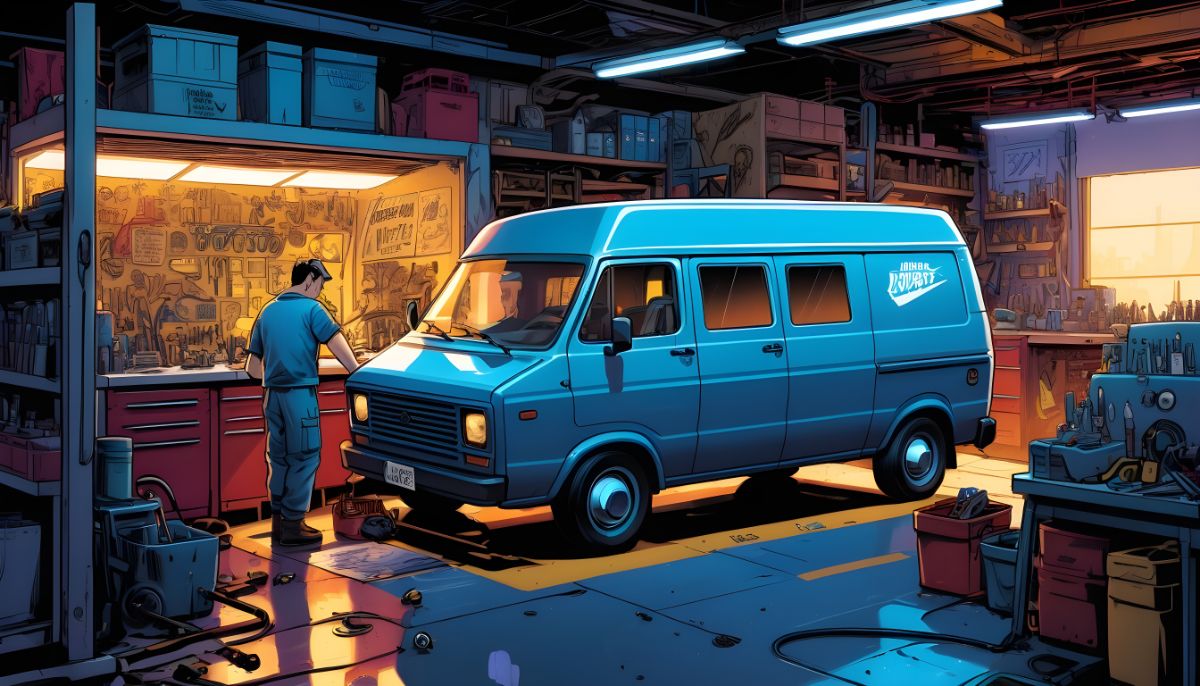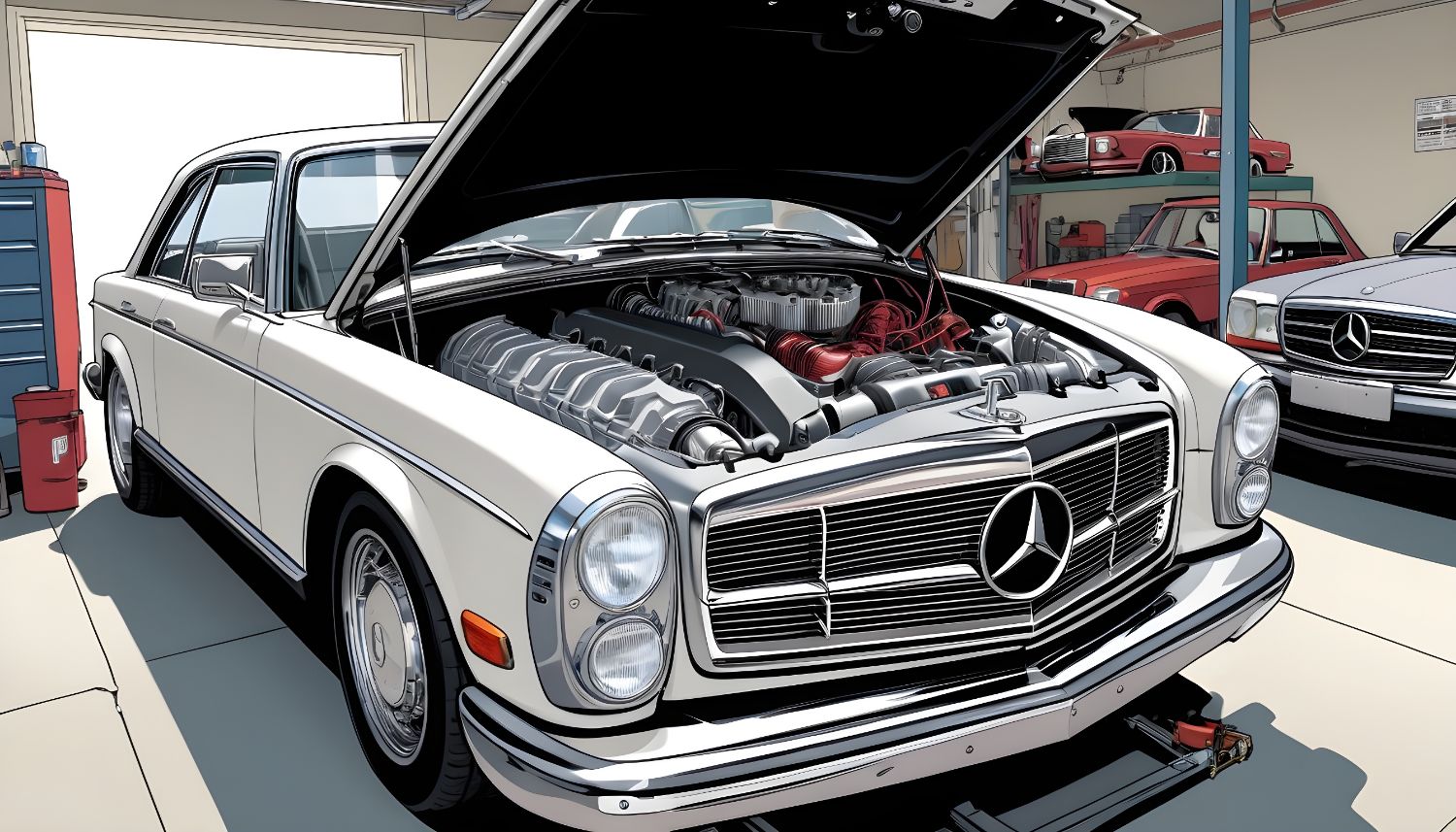
Although depending on the severity, car accidents are something that unfortunately a huge percentage of people experience. As unpredictable, chaotic, and overwhelming car accidents can be – at least you can lean on the fact that you’ll be properly reimbursed, right? Well, no, as that heavily depends on whether the second party has insurance. Even though car insurance is legally required in the vast majority of states, there still are drivers that avoid doing so. More specifically, data from the Insurance Research Council suggests that one out of eight drivers doesn’t opt for auto insurance.
Now, if you do end up in a car accident where the responsible party doesn’t have auto insurance, what are you supposed to do? Well, that’s exactly what you will be able to find out by reading this article. Basically, you have three main options when it comes to dealing with these cases, so, let’s see what they are.
Uninsured Motorist Coverage
The very first possible solution for this situation is if you were to have uninsured motorist coverage (UMC). Having UMC is both the simplest and the fastest way to ensure that you will get properly reimbursed, but – let’s start from the beginning.
What is UMC exactly and how does it work? Well, as explained by the team of attorneys over at https://samandashlaw.com/car-accident-lawyer/uninsured-underinsured-accidents/, it is a type of additional insurance within your car insurance policy that will ultimately be able to ensure that you’re compensated – even when an at-fault party does not have insurance. Ensuring that you have UMC is a wise investment, in fact, over 20 states legally require you to get it.
What does UMC cover?
Now, what does uninsured motorist coverage cover in case of an accident where it is applicable? First and foremost, it ensures that your insurance provider helps to cover costs for injuries. This is true both for you and the passengers in your car when the accident occurred. It is important to note that your vehicle damage isn’t covered by the UMC, and for this – you need additional coverage. Additional coverage for vehicle damage is called uninsured motorist property damage coverage.
Now, the important thing for you to have in mind is that uninsured motorist coverage, in most cases, can’t exceed the amount of your standard liability coverage. This means that whatever the sum in total liability per accident is, you can’t carry more than that sum for your UMC.
No-Fault, PIP, and MedPay Coverage
Some states are no-fault when it comes to car insurance, some aren’t. Depending on which one you reside impacts whether your own insurance coverage is responsible for reimbursement in these situations. If you are in a no-fault state, the procedure is quite simple – you file a claim, and that’s it. If you’re in a no-fault state, you still have some options on additional coverage similar to UMC.
The most common additional coverages in no-fault states include Personal Injury Protection (PIP) and Medical Payments (MedPay) coverage. Both of these coverages serve the same purpose, but the details regarding them may vary. In any case, both PIP and MedBay don’t require you to finish your treatment – all you have to do is to send your bills as they come. Make sure that you do further research on these options.
Filing a lawsuit
The last resort when it comes to these accidents is to file a lawsuit against the uninsured party. In no-fault states, this isn’t even an option as your own insurance company is responsible for the reimbursement. In any case, even if it is possible to file such a lawsuit in your state – you should be aware that the outcomes aren’t always that good. The main reason for that lies in the fact that a huge number of uninsured drivers simply don’t have many assets, to begin with. If you do decide that you want to pursue a lawsuit – make sure that you hire a good lawyer and work on your case in detail.
Finally, it is always better to tackle possible issues in advance rather than retroactively. So, if it means paying a bit more in order to be covered even for situations tackled in this article – it is a worthy investment. This is especially true if the accident turns out to be more severe. If you have the means to pay for uninsured motorist coverage, it would be the right step to opt for it.
And if it does happen that you were in an accident where the responsible party doesn’t have insurance and you don’t have UMC – don’t panic. Explore all of your options, talk with your attorney, and build your case. The most important thing is that you do your research instead of giving up or acting impulsively. Good luck, and drive safely!




